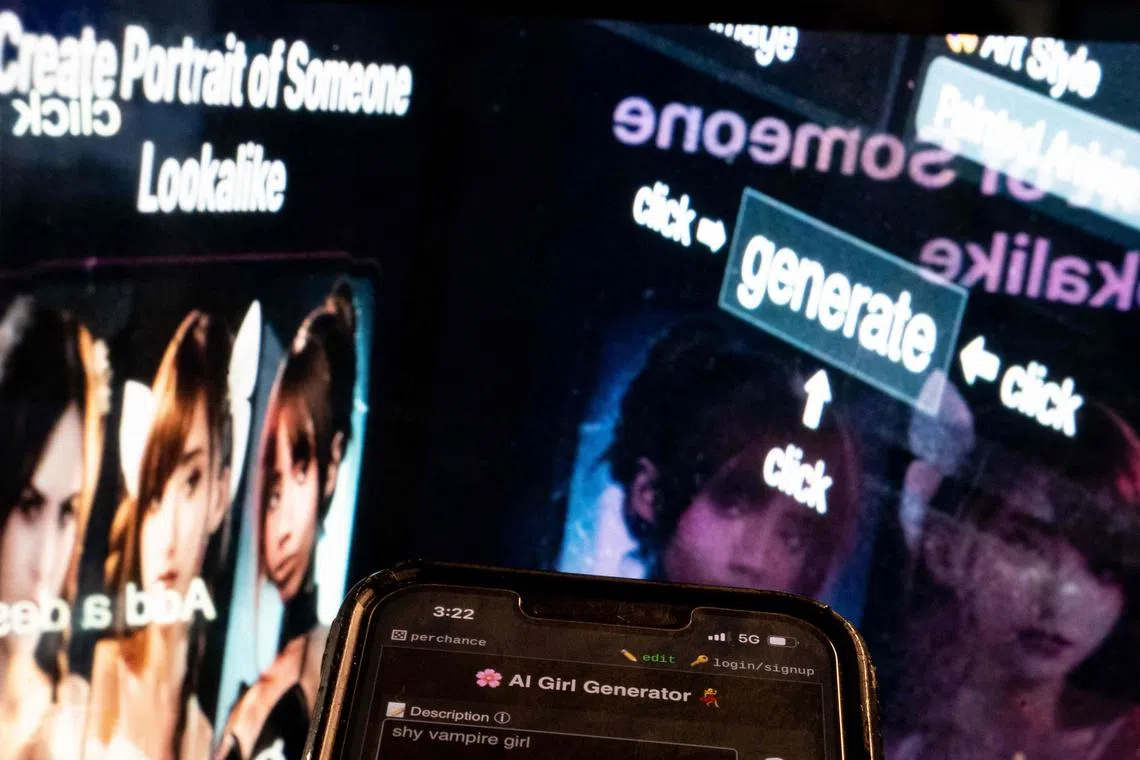For subscribers
In a year of elections, buckle up for the impact from deepfakes
The manipulation of reality is upon us. It is up to users to resist the influence of this AI-driven development
Sign up now: Get ST's newsletters delivered to your inbox

Tools now provided by AI enable disinformation to be turbocharged, presented vividly and often convincingly.
PHOTO: AFP
Follow topic:
Among other things, 2024 has been described as the year of the deepfake, one in which a tsunami of disinformation will flood the world and people will be challenged as never before to tell truth from falsehood, what to believe and who to trust.
Disinformation is of course nothing new; it has been around for centuries. But the tools now provided by artificial intelligence (AI) enable it to be turbocharged, presented vividly and often convincingly, in images, audio and video, and at shockingly low cost. Even just five years ago, deepfakes were relatively rare, cost tens of thousands of dollars and required considerable IT expertise to produce. But now, there are off-the-shelf, AI-powered image generators such as Midjourney, OpenAI’s Dall-E and ByteDance’s Magic Edit which enable high-quality deepfakes to be produced within minutes, at little cost, by just about anybody.


